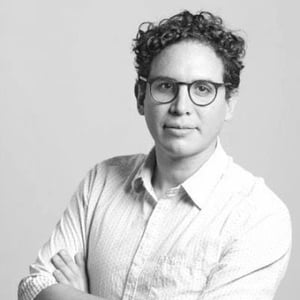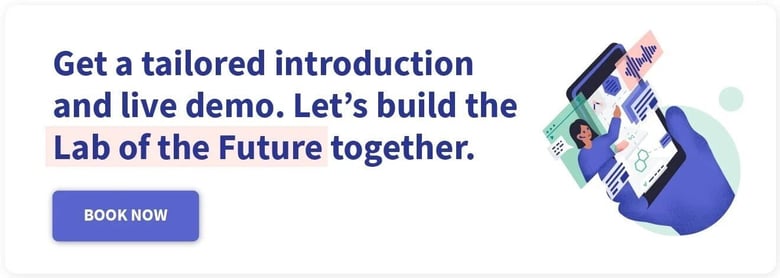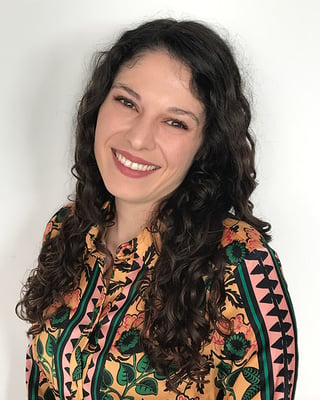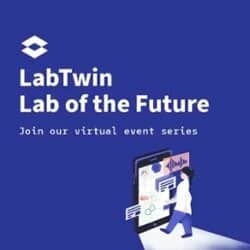Pedro is a physicist and neuroscientist currently finishing his Masters at the Charité University Hospital in Berlin. We sat down with Pedro to learn about how LabTwin could help him integrate synthetic biology, artificial intelligence and nanotechnology in his research on cell signaling networks in the mammalian brain.
Which digital tools do you currently use in your work?
I use ELNs (electronic laboratory notebooks) and diverse apps that help me to visualize plasmids (circular pieces of DNA), DNA sequencing data, and generate sgRNAs (single guide RNA) to perform editing of nucleic acids via different CRISPR systems.
How do you currently manage your data?
I have been using an online notebook for over five years since it facilitates the integration of different types of data including visual aids like pictures from cell culture experiments and gel electrophoresis to isolate proteins or nucleic acid bands. In addition, it helps me to keep a highly organized and visually-appealing layout.
What do you think research labs will look like in 5 years time?
The global pandemic has forced people across all disciplines to reimagine how to work. Within the biomedical sciences, we have witnessed the emergence of new forms of collaboration, the creation of new schedules to minimize the presence of several persons in a lab at the same time, and the rise of the “zoom economy” (working remotely with the use of teleconference software). In addition, we have been forced to embrace new digital technologies to optimize and accelerate scientific workflows. I believe that we will witness an increase in automation and we will rely heavily on cloud technologies to perform operations from remote locations so being on-site will not be imperative anymore. I am particularly excited about the use of computer vision algorithms to perform analysis of large data sets and robots to assist me in the electrophysiological recordings and molecular biology experiments.
Why did you decide to join LabTwin’s ambassador program, Twenty Nine?
I wanted to learn more about how to accelerate the digitalization of laboratory operations and join a community of researchers that are passionate about innovation. In general, I am interested in transforming the biomedical sciences and harnessing new technologies to advance our understanding of biological phenomena and improving health altogether.
What workflows and use cases would you like LabTwin to support?
I would greatly benefit from an assistant to keep track of tissue culture in real-time. It would be great to integrate different devices that are being used in the lab to perform optical readouts and upload all of my data to an online server that I could access from remote locations (LabTwin has an API-integration tool). In addition, I would like to have an app to track experiments that use a 96-well plate to replace traditional labelling (LabTwin is currently developing several features for tasks with structured-input needs).
What are your thoughts on LabTwin's impact on research reproducibility and quality control?
LabTwin can greatly improve quality control, especially when filing for a patent, to keep track of data acquisition and the performance of different experiments.
In your opinion, how will an AI and voice-powered product like LabTwin shape the Lab of the Future?
In a similar fashion like voice recognition devices are transforming everyday life at home, making it easier to turn on the light, playing music from online collections, and setting a timer when baking. LabTwin can contribute at the optimization of lab procedures by recording data, keeping track of experiments in real- time, and so on.











